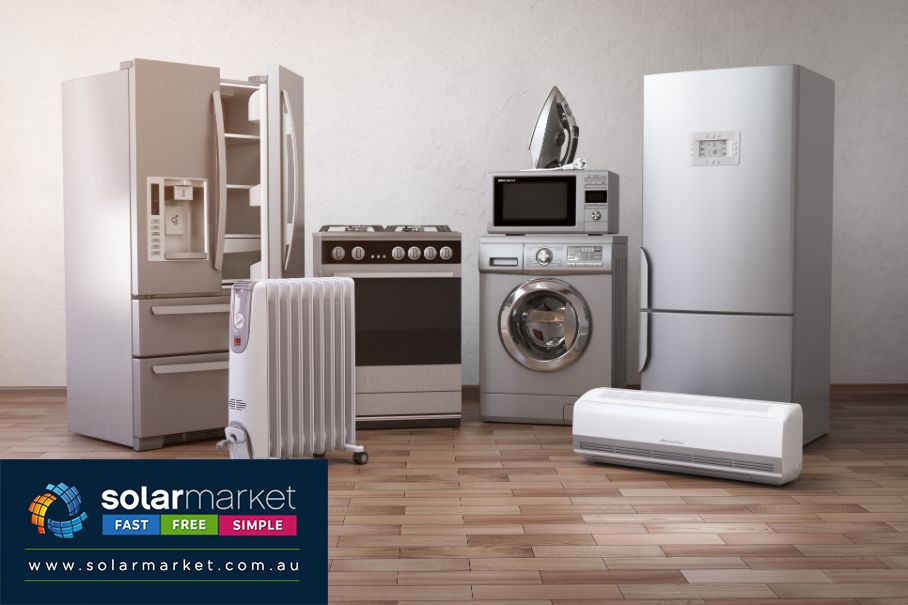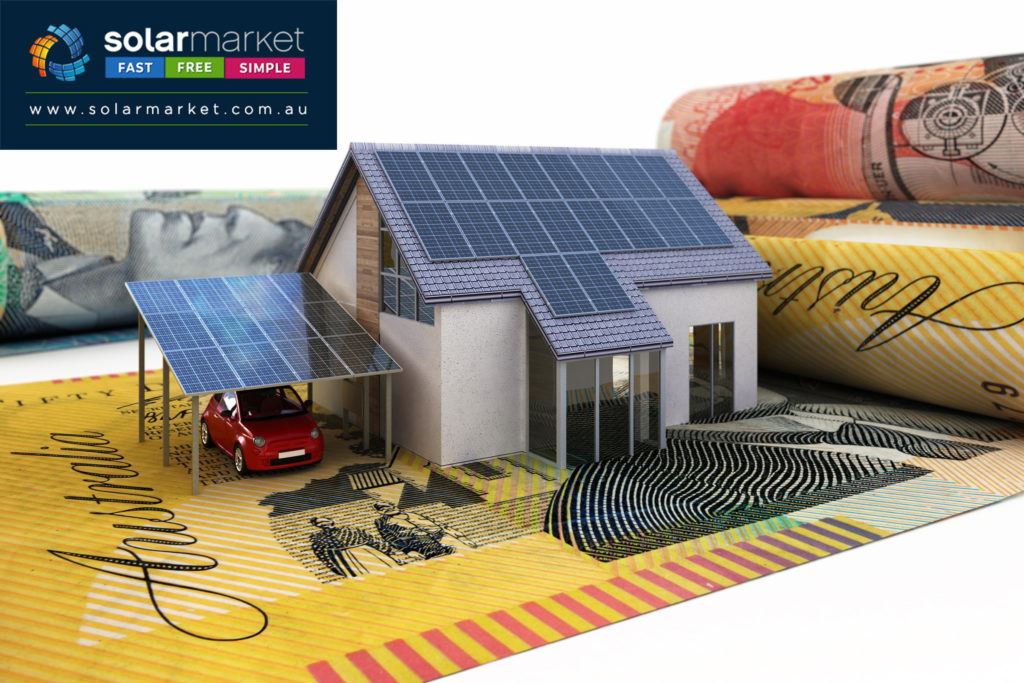As we head into lock down for the second time in Australia, it is hard not to feel the financial pinch. If you are working from home, here are Solar Market’s top tips to save money while working from home.
Tip 1: Reduce Kettle Use
With boredom setting in we have all found ourselves boiling the kettle more frequently than before, but how much are these extra boils really costing you? The table below reflects Canstar Blue’s estimate on costs per kettle boil (obviously variances are dependent on your electricity prices and wattage of your kettle).
| Size of Kettle | 1.5L | 1.6L | 1.7L | 1.8L |
| Cost Estimate | 4.02c | 4.28c | 4.55c | 4.82c |
Although these numbers may look low now, remember that the kettle can be boiled multiple times a day from various household members. When we add up these costs per year, they climb higher than you might think. In the table below, the annual cost of a kettle boil is averaged on 5 kettle boils a day for 365 days.
| Size of Kettle | 1.5L | 1.6L | 1.7L | 1.8L |
| Cost Estimate Per Annum | $73.35 | $78.10 | $83.05 | $87.95 |
One way is to boil a full kettle and use a teapot or thermos to keep your hot water hot. Multiple cups of tea or coffee can be created but only one kettle boil needs to be done. Handy right?
Another way to save is by looking towards innovative kettle designs. Kmart’s Instant Hot Water Dispenser has turned up the heat recently on the Iso-Internet, receiving raving reviews for its instant boil technology. By boiling in the faction of a time a normal kettle would, the Instant Hot Water Dispenser reduces the amount of boiling time and, therefore, the amount of energy it uses.
Tip 2: Switching Appliances off at the Wall
Appliances that are permanently plugged in at the wall could be costing you hundreds of dollars a year in unnecessary power consumption.
When items such as tv’s, computers, microwaves and washing machines are switched off, but not unplugged, they are technically on stand-by mode and could be costing you up to 3 percent of your energy bill. With more and more appliances being introduced to the home, Choice has announced that standby energy, collectively used across Australia, has amounted to tonnes of extra greenhouse gases being released into the Earth’s atmosphere.
So to save yourself some coinage and help the environment, switch off your appliances at the wall when they are not in use.
Tip 3: Ditch the Dryer
Clothing dryers are one of the most notorious energy consuming appliances in a house. With the average drier using 3.3 kilowatt-hours of energy, it is estimated that a single 45-minute run can cost up to $0.36 a load. Annually this costs households up to $131.40 for a load a day. So, what can be done to save on these costs?
As explained by Canstar Blue, energy bills can be reduced by using your dryer during ‘off-peak’ or ‘shoulder’ periods if you are part of a tariff plan. Off-peak times are generally from 10 pm-7 am and shoulder periods are usually 7 am- 4 pm and 8 pm- 10 pm. Although this is inconvenient, the off-peak rates are almost half the rate of peak rates.
Our top tip to save money while working from home is to switch from the dryer to the old fashion hills hoist. If you have space, drying your clothes on a line costs you absolutely nothing. If you live in an apartment block and find space an issue, indoor clothes-lines are convenient and can easily be folded away after.
Tip 4: Switch to LED Light
Explored in our recent blog, ‘The Solar Habits to help you save’ now is the time to look at all those jobs you have been putting off over the years. With no commute, no traffic and no school drops, time is finally on our side- and what better way to use it than by looking at how you can improve your home energy use. Incandescent and halogen light bulbs are hideously power hungry. Switch to LED lights as they are energy efficient, long-lasting and do not contain any harmful gasses, toxins, or mercury.
- $4- It costs $4 dollars a year to run a quality LED light.
- 5- you will replace 5 halogen and incandescent light bulbs through-out a LED’s single lifespan.
- $253- It will cost $253 a year for the running and replacement of a house full of halogen and incandescent bulbs.
Tip 5: Invest In Solar Energy
Although solar is undoubtedly an investment, the savings generated through the installation of a solar system can monumentally save you money on your energy bills.
The above energy and money saving could be covered with the installation of solar panels.
By installing just a 3 kw solar system you are estimated to save between 51%- 92% on your energy bills. Money wise, that’s a $300 quarterly power bill, turned into a quarter bill between $24- $147. With a 3 kw system the return on investment time is only 2.8 years and with a multitude of solar government grants to choose from that number can be significantly reduced.
Tip 6: Embrace Natural Lighting
Open up curtains and blinds during the day to make the most of natural sunlight, reducing the need for artificial lighting.
Tip 7: Optimise Thermostat Settings
Set your thermostat to energy-efficient temperatures, adjusting it according to the season. Lowering the temperature by just a degree or two in winter or raising it in summer can make a significant difference.
Tip 8: Unplug Electronics When Not in Use
Many electronics continue to consume energy even when they’re turned off. Unplug devices such as chargers, gaming consoles, and small appliances when they’re not actively being used.
Tip 9: Use Energy-Efficient Appliances
Look for appliances with high energy-efficiency ratings when purchasing new ones. Energy-efficient models can significantly reduce electricity consumption and save you money in the long run.
Tip 10: Practice Energy-Conscious Cooking
Opt for energy-efficient cooking methods, such as using lids on pots and pans to reduce cooking time, using the microwave instead of the oven for small tasks, and utilizing energy-saving features on kitchen appliances.
If you’re ready to take reducing your power bills seriously, get 3 free solar quotes now and invest in your future.













